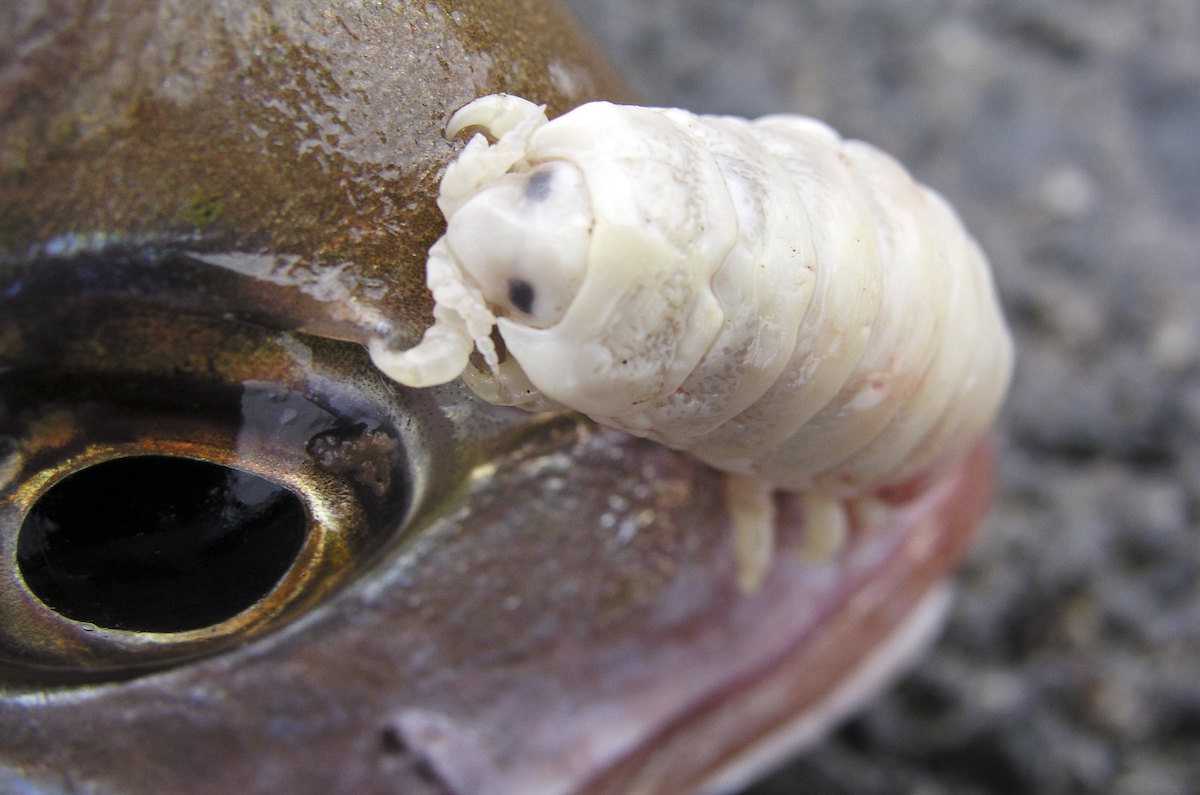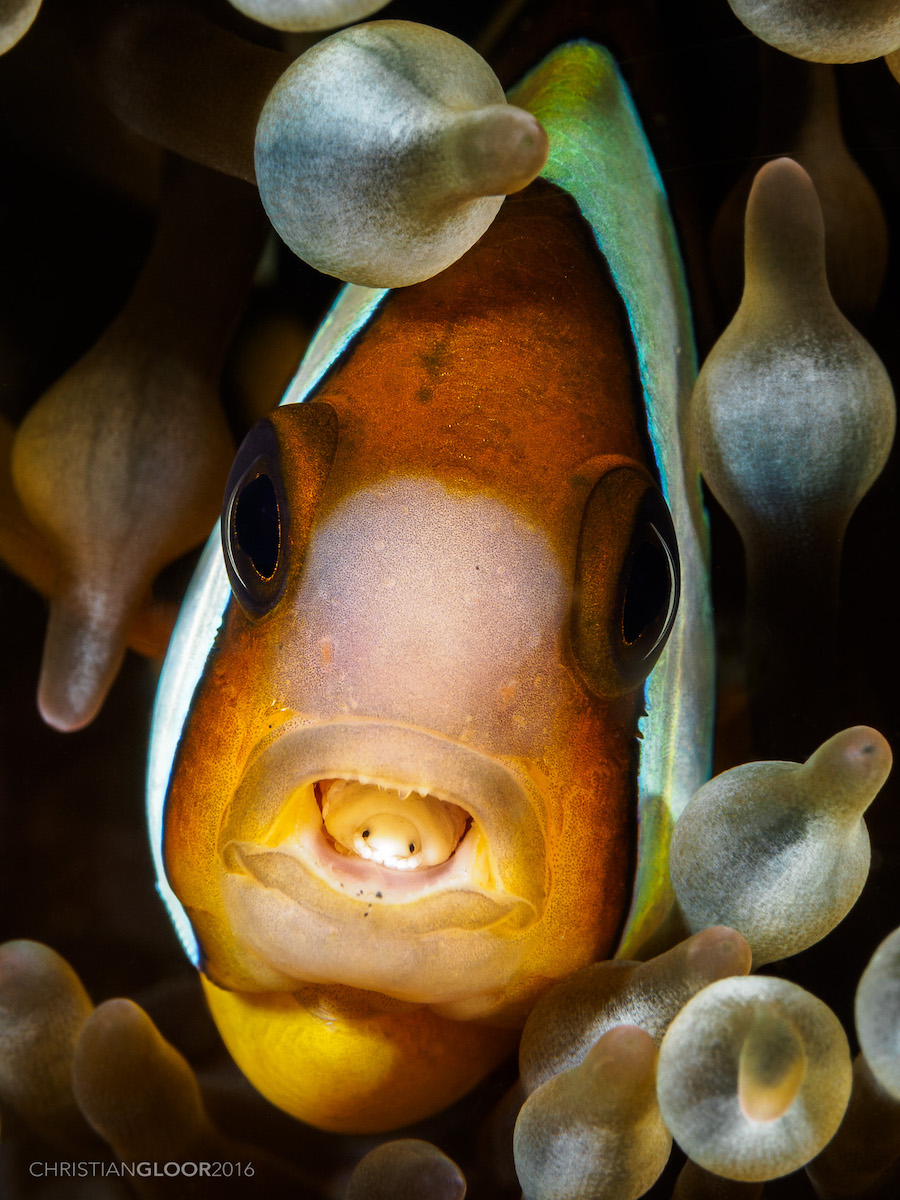Tongue-Eating Louse Actually Eats Tongues
This pesky parasitic isopod makes its way in the world by eating other animals’ tongues

There are a lot of ocean animals out there that make you think, “what the heck … ?” You have the hagfish with its slime that is 100,000 times softer than Jell-O. You have the deep-sea lizardfish which is a big-toothed, sex-switching, stealth-attacking predator. You even have the gulper eel which goes from “regular looking eel” to “nightmare fuel” in a matter of seconds.
But perhaps no one takes the “weird and wild” cake like the tongue-eating louse. The name speaks for itself: this pesky parasite makes its way in the world by eating other animals’ tongues.
You may have gone your entire life without knowing about the wonders of the tongue-eating louse, but that ends today. So buckle up, clamp your jaws shut and read on to learn more about this unusual isopod.
What is the tongue-eating louse?
The tongue-eating louse (Cymothoa exigua) is an isopod, or type of crustacean, found in the Cymothoidae family. They are parasites, meaning their survival depends on, and is detrimental to, another “host” organism. They’re also not the only parasites at the Cymothoidae family reunion—cymoithoids are all ectoparasites, meaning they live on the outside of the host rather than the inside, and mostly target fish as hosts.

Here’s how it works: a juvenile louse will sneak in through a fish’s gills, where it will wait for another louse to show up. Once there are two or more, one of them will grow and change into a female. The female will crawl out of the gills, up through the throat to the mouth where it will clamp down its strong legs onto the fish’s tongue. Each leg has a specially evolved sharp appendage that allows it to secure itself tightly.
Now the fun begins (for the isopod, not so much for the fish). The female stays put and cuts the blood vessels in the tongue. Without blood flowing to the organ, the tongue will eventually wither away and fall off, leaving only the parasite in its stead. The female will then continue to feast off the fish’s blood and mucus, happy as a vampiric clam.
Once she is established, the remaining male in the gills will mate with the much-larger female, who will then spew many tiny new parasites out of the fish. These fresh bundles of terror will drift along until they can also secure themselves in the gills of another unsuspecting host.
What happens to the fish?
Believe it or not, this highly invasive activity does not kill the fish. It’s not a good time, to be sure, but the fish is able to use the parasite like a prosthetic organ. They occupy multiple species of fish, including menhaden, snapper and other commonly-caught species (so keep an eye out the next time you’re fishing on vacation).
If you’re worried that you might lose your tongue after a quick dip in the ocean, don’t be. The tongue-eating louse doesn’t infect humans (although if you really want to keep yourself up at night, feel free to read more about mouth parasites humans can get). However, they might be in the fish you order from the seafood market—so always look your non-gift fish in the mouth!